


Mid-December marks the peak of the annual Geminid meteor shower, where the skies come alive with bright and abundant shooting stars. Unlike most meteor showers, the Geminids are caused by debris from an asteroid, and can appear in multiple colors like white, yellow, green, red, and blue. You won't need any special equipment to witness this spectacular event, so mark your calendars for December 13-14 to catch a glimpse of the dazzling Geminids.
Geminid Meteor Shower: A Spectacular Celestial Extravaganza
Every mid-December, stargazers eagerly anticipate the Geminid meteor shower, a celestial event that paints the night sky with countless shooting stars. Unlike most meteor showers, which originate from comet debris, the Geminids are caused by remnants of an asteroid called 3200 Phaethon.
Background
The Geminid meteor shower has been observed for over 2,000 years, with the earliest recorded accounts dating back to 879 BC in China. The shower is named after the constellation Gemini, which is the radiant point from which the meteors appear to originate.
The Geminid meteor shower is one of the most active meteor showers of the year, producing an average of 120 meteors per hour at its peak. The meteors are known for their remarkable brightness and vivid colors, which range from white to yellow, green, red, and even blue.
2023 Geminid Meteor Shower
The peak of the Geminid meteor shower in 2023 is expected to occur on the night of December 13-14. This year, the shower is expected to be particularly favorable for viewing due to the absence of a bright Moon.
Top 5 FAQs
1. When and where can I see the Geminid meteor shower?
The Geminid meteor shower is best observed in the late evening and early morning hours of December 13-14. The shower is visible from all over the world, but the best viewing locations are typically those with clear and dark skies.
2. What equipment do I need to see the meteor shower?
You do not need any special equipment to view the Geminid meteor shower. Simply find a clear spot with an open view of the sky and allow your eyes to adjust to the darkness.
3. How many meteors can I expect to see?
The Geminids are one of the most active meteor showers of the year, producing an average of 120 meteors per hour at its peak. However, the actual number of meteors you see will depend on your location and the conditions of the night sky.
4. Why are the Geminid meteors so colorful?
The Geminid meteors are composed of a variety of minerals, each of which emits a different color when it enters the Earth's atmosphere and burns up. The most common colors are white, yellow, and green, but red, blue, and purple meteors have also been observed.
5. What is the history of the Geminid meteor shower?
The Geminid meteor shower has been observed for centuries, with the earliest recorded accounts dating back to 879 BC in China. The shower was named after the constellation Gemini, which is the radiant point from which the meteors appear to originate.

The Indian government has appointed V Narayanan as the new chairman of the Indian Space Research Organisation and Secretary, Department of Space. An IIT alumnus and cryogenic engine developer, Narayanan is expected to take charge from the current head of the organisation, S Somanath, on January 14. With years of experience and expertise in rocket and spacecraft propulsion, Narayanan aims to take ISRO to greater heights and continue India's development in space technology.
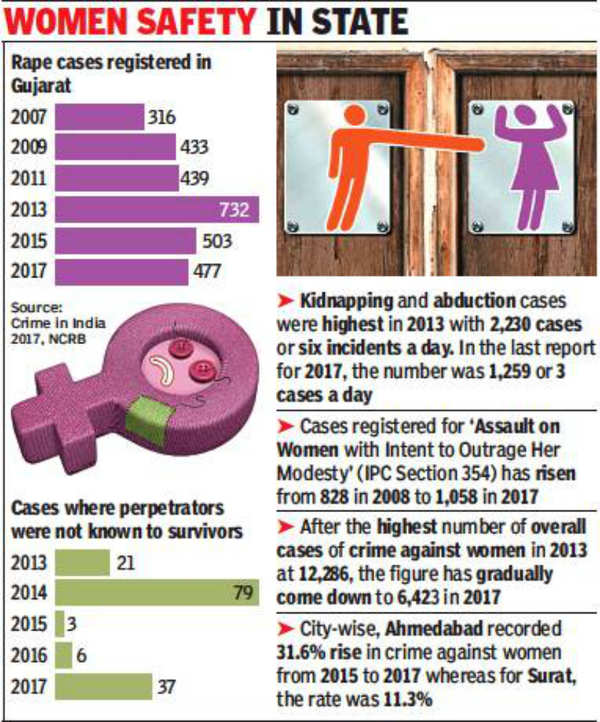
The state of Gujarat has taken precautionary measures to handle cases of HMPV, a respiratory virus, after one case was detected in a two-month-old boy two weeks ago. Three civil hospitals in Gandhinagar, Ahmedabad, and Rajkot have created isolation wards with a total of 45 beds to handle any potential health emergency. The health department has also issued an advisory to the public to prevent the spread of the virus. However, according to data from the Indian Council of Medical Research and the Integrated Disease Surveillance Programme, there has been no alarming surge in respiratory illnesses in the country.
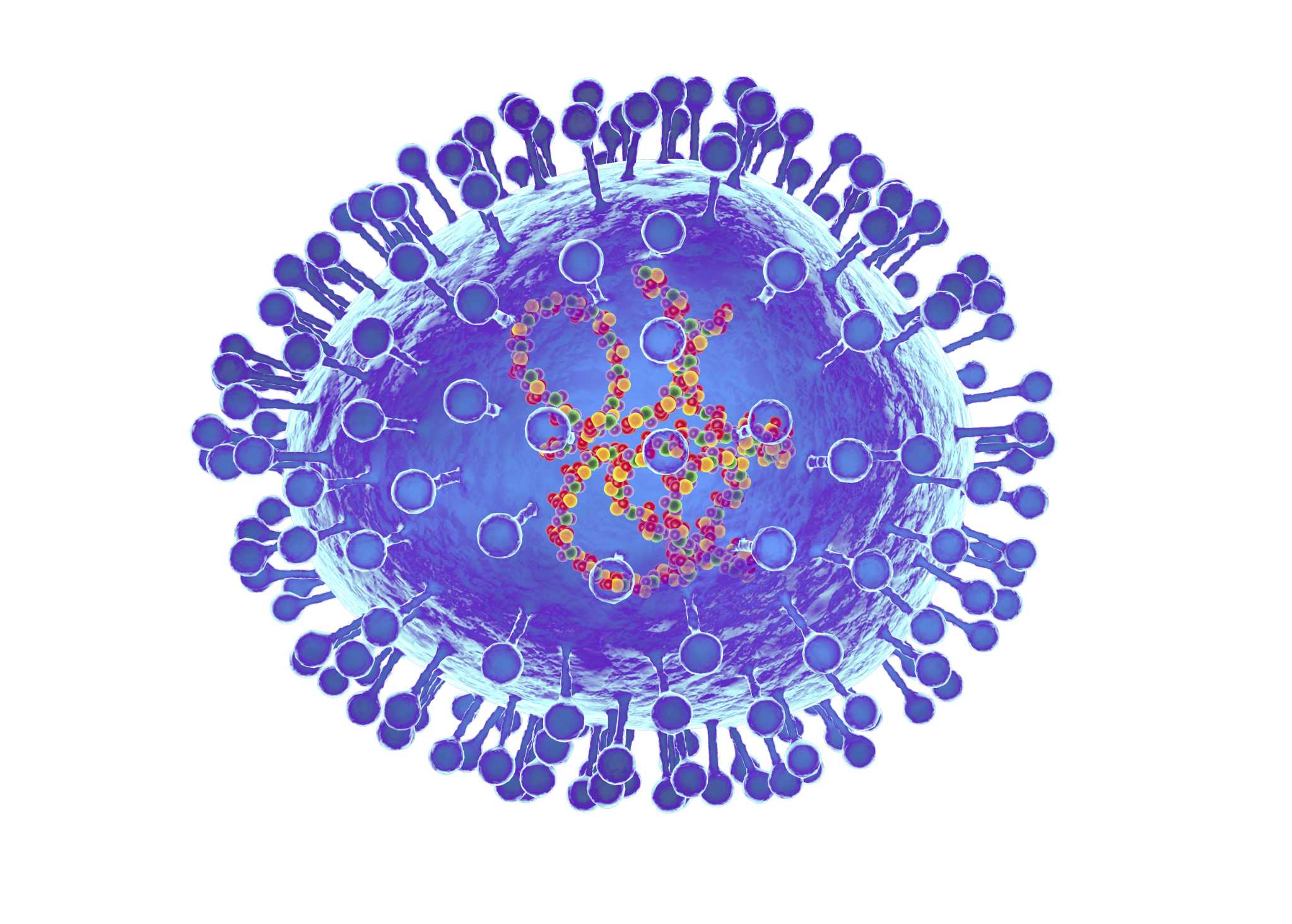
The recent detection of the Human Metapneumovirus (HMPV) in India has sparked fears of a potential new outbreak similar to the COVID-19 pandemic. However, medical authorities assure the public that HMPV has been circulating globally for years and is not a new virus. While three cases have been reported in India, there is no need to press the panic button as there has been no unusual surge in respiratory illness cases in the country. Karnataka's Health Minister Dinesh Gundu Rao stresses that this is not the first case of HMPV in India and it is not something new.
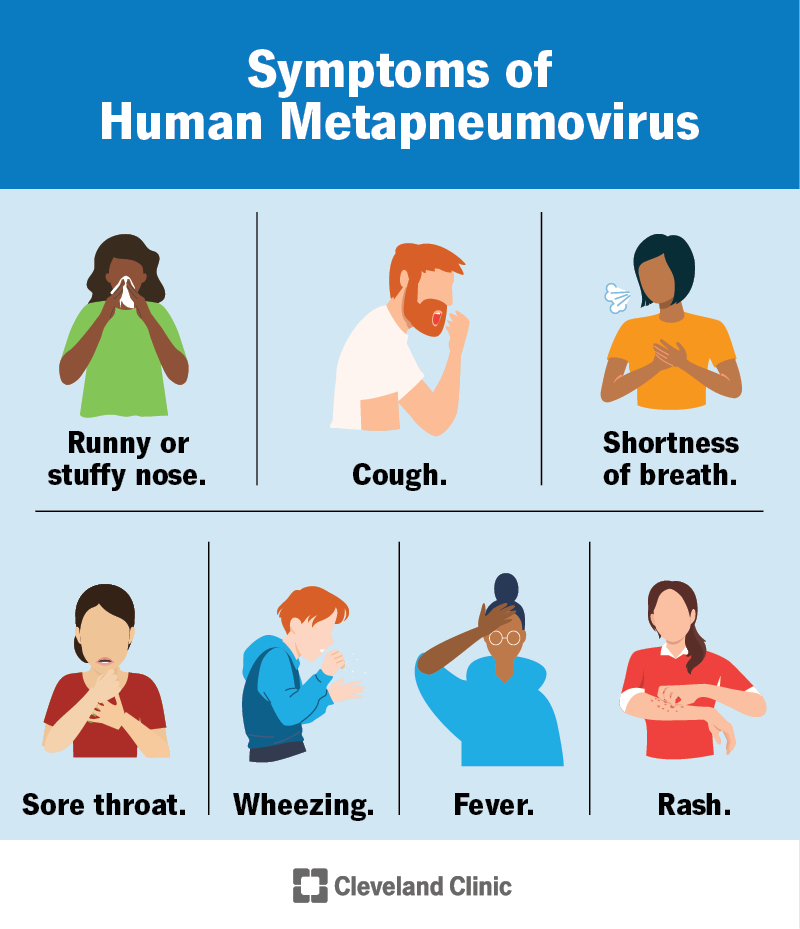
As China experiences an outbreak of Human Metapneumovirus, also known as HMPV, health officials in Telangana, India have issued a list of precautions for the public, despite no reported cases in the state. The respiratory virus, which primarily affects children, immunocompromised individuals, and the elderly, can lead to a wide range of symptoms, including mild cold-like illness and more serious respiratory conditions. However, the Indian health agency has assured that there is no cause for alarm and that the country does not need to worry at this time.

Renowned nuclear scientist and key figure in India's nuclear program, Dr. R Chidambaram, passed away at the age of 88. He was known for his contributions to nuclear research and played a significant role in India's nuclear tests and the country's civil nuclear agreement with the United States. His passing marks a significant loss for the scientific community and the country's progress in the field of nuclear technology.
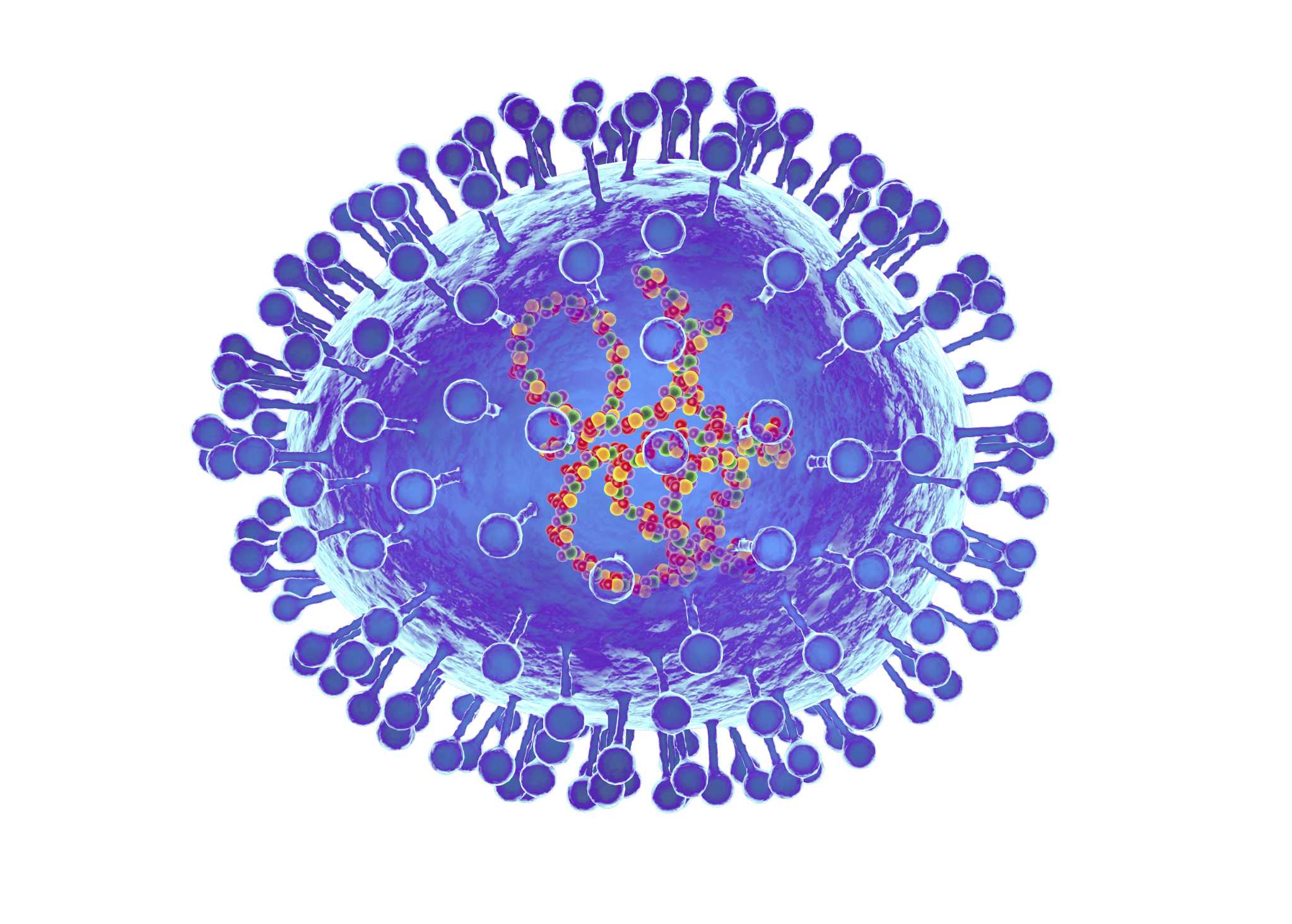
The recent spread of a new virus, human metapneumovirus (HMPV), in China has sparked global concerns, with reports of increasing cases among children under 14. However, Indian health experts and the Union Ministry of Health and Family Welfare have dismissed the possibility of a widespread disruption. This is due to previous knowledge about HMPV and its similarity to respiratory syncytial virus (RSV), a common respiratory pathogen. While HMPV may be a trigger for asthma in infants, it is not as deadly as Covid-19 and there is no reason for alarm yet.
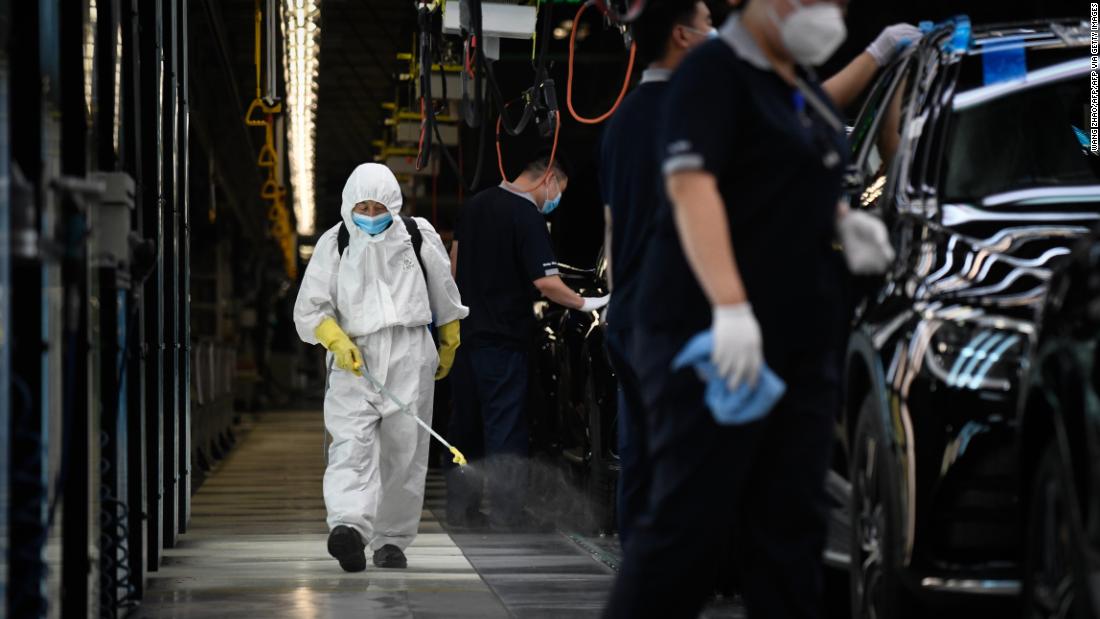
China's disease control authorities have launched pilot systems to monitor and report cases of Human Metapneumovirus (HMPV), which has been linked to a recent flu outbreak. As the country continues to battle this respiratory virus, the World Health Organization calls for transparency and cooperation in researching the origins of COVID-19 to better prevent and prepare for future epidemics. Experts warn that people with weak respiratory health and weakened immune systems, as well as young children and the elderly, are most at risk for HMPV and urge preventive measures such as frequent hand washing and wearing masks.
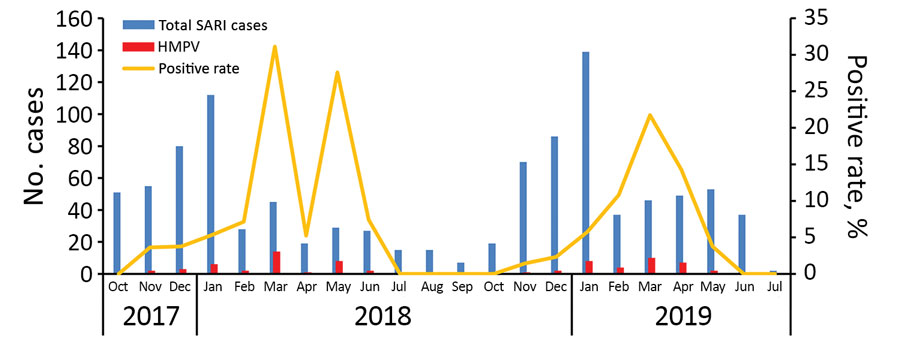
Amidst growing concerns over the coronavirus outbreak, China confirms an increase in cases of human metapneumovirus (HMPV) among children under 14 years old, especially in northern provinces. HMPV is a respiratory illness similar to the common cold, with symptoms including coughing, runny nose, and sore throat. Health officials are urging the public not to blindly use antiviral drugs to fight HMPV, as there is currently no vaccine against the virus. Antibiotics may be prescribed in extreme cases where HMPV has caused pneumonia and a secondary bacterial infection.

The University Grants Commission (UGC) has announced draft guidelines for introducing skill-based courses and micro-credentials in higher education institutions, aligning with the objectives of the National Education Policy 2020. These courses, including emerging fields such as data analytics and AI, aim to enhance students' employability and support economic growth through a qualified workforce. Feedback on the guidelines will be accepted for the next 30 days, giving students and educators a chance to provide their input.
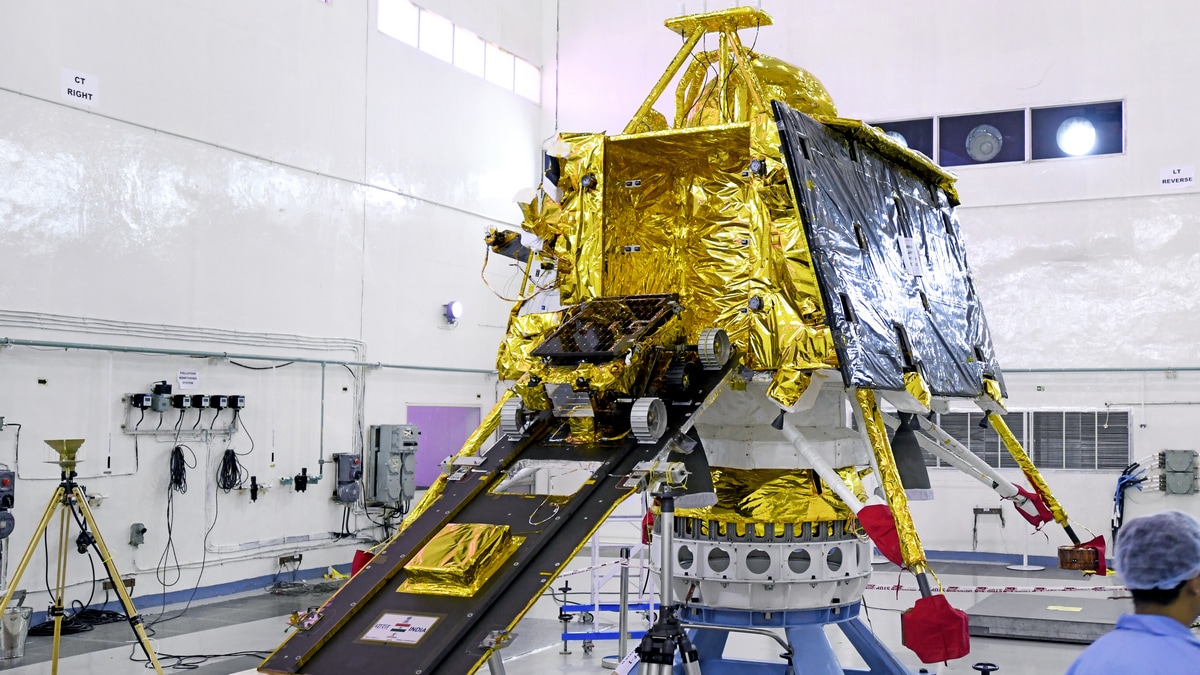
Indian Space Research Organisation (ISRO) has successfully placed two satellites, weighing 220kg, into a circular orbit of 475 km for a crucial space docking technology demonstration. This mission also included the launch of POEM-4 with 24 payloads from startups, industries, and academia. Scientist S Somanath stated that the docking process is expected to take place on January 7, after operations at ISTRAC Bengaluru from December 31. This mission is a major step towards future space missions for India.